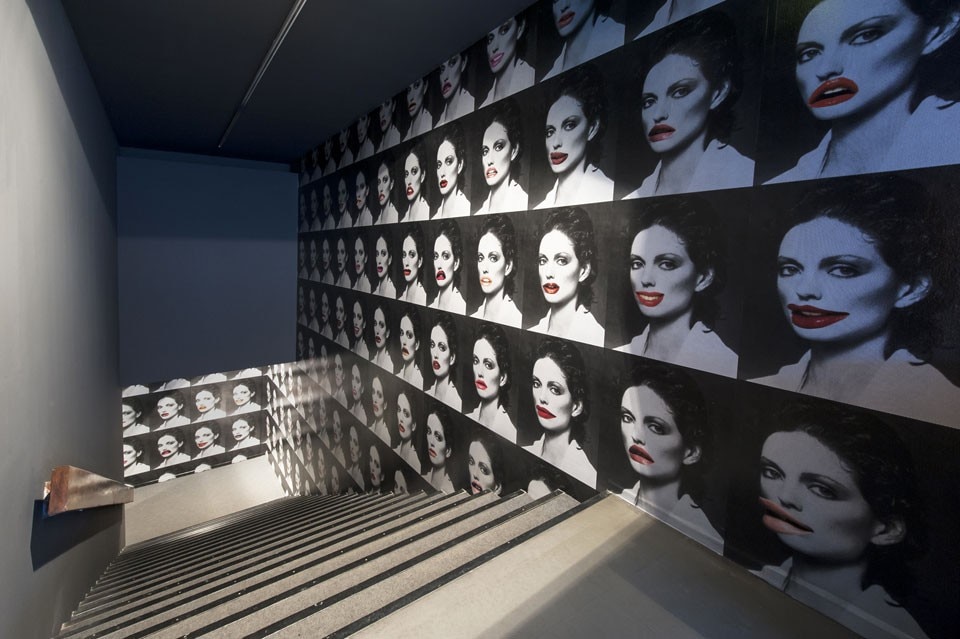In his splendid book Subculture: the meaning of style, British sociologist and expert on the birth of youth movements in 1970s Britain Dick Hebdige devotes a fine page to collage, stolen from William Burroughs, the master of literary cut-ups. Similarly, political and poetic rebel Linda Mulvey changed her name to Linder to reference the German name of John Heartfield, her collage master who was born Helmut Hertzfeld.
A changed identity and graceful extreme techniques were born out of the circumstances of a politically ferocious period, packed with revolt and subjects that she treated with seemingly out-of-context forms and materials: flower-women, housewives with domestic-appliance heads and vapid magazine heroes.
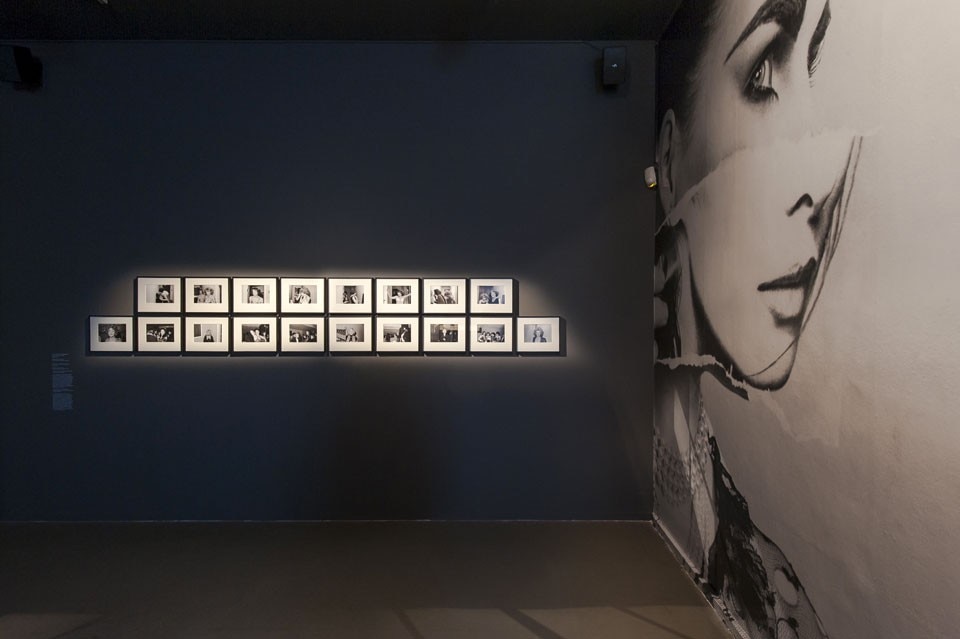
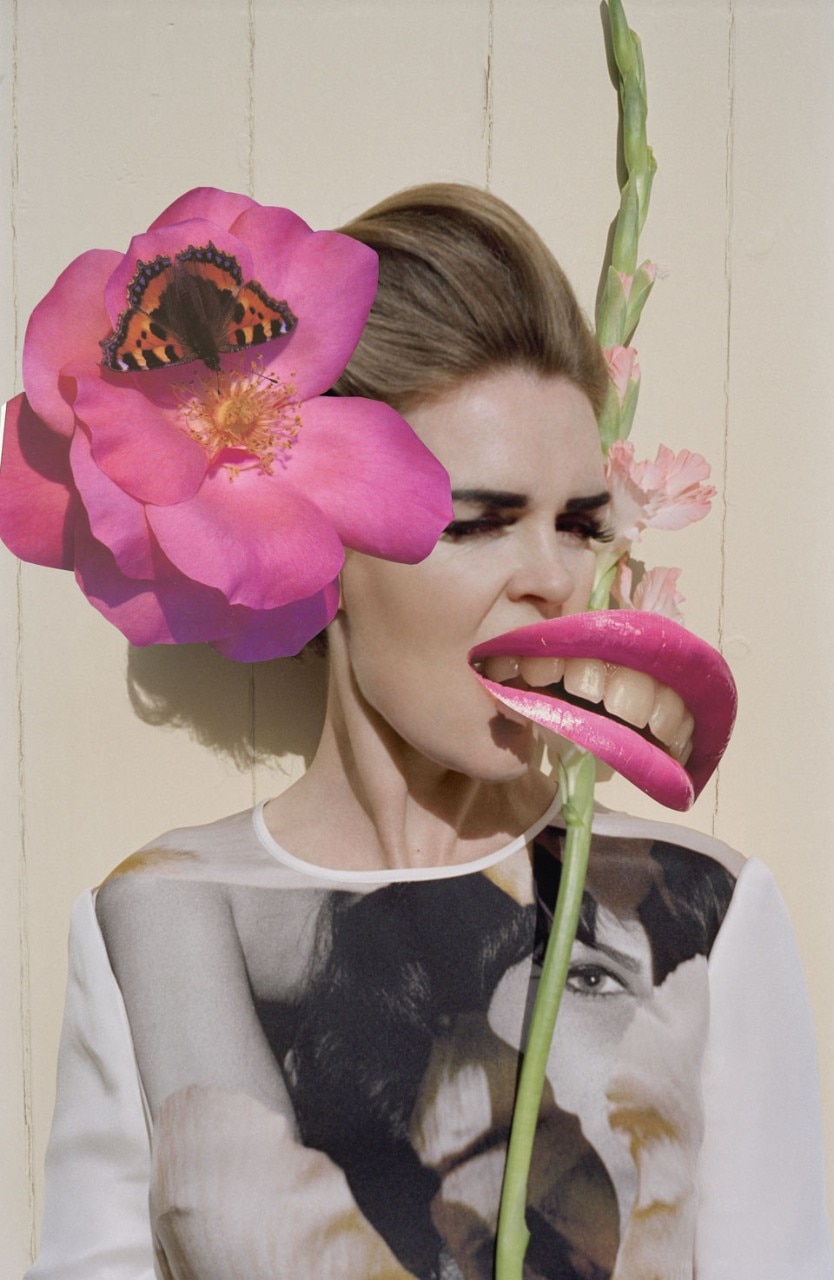
Do not be fooled by the glossiness of Linder’s later works at the end of the exhibition. Created from more contemporary materials, they realign her work alongside commodity artists good and excellent, from Jeff Koons to Damien Hirst.
It is, rather, to the Max Ernst of Une semaine de bonté or the collage grounds of Joseph Cornell’s boxes that we must turn if we are to thoroughly enjoy and understand the beauty of series such as We are the kind of people who know the value of time (1976-77), a masterpiece of the transgender aesthetic.
Manchester, Linder’s birthplace, was in a terrible state at the time and it seemed impossible that any sense of beauty could be created or developed there. Yet it was a hive of music phenomena and, from her proletarian workshop, the artist extracted little gems that took on concrete form in the home dinette.
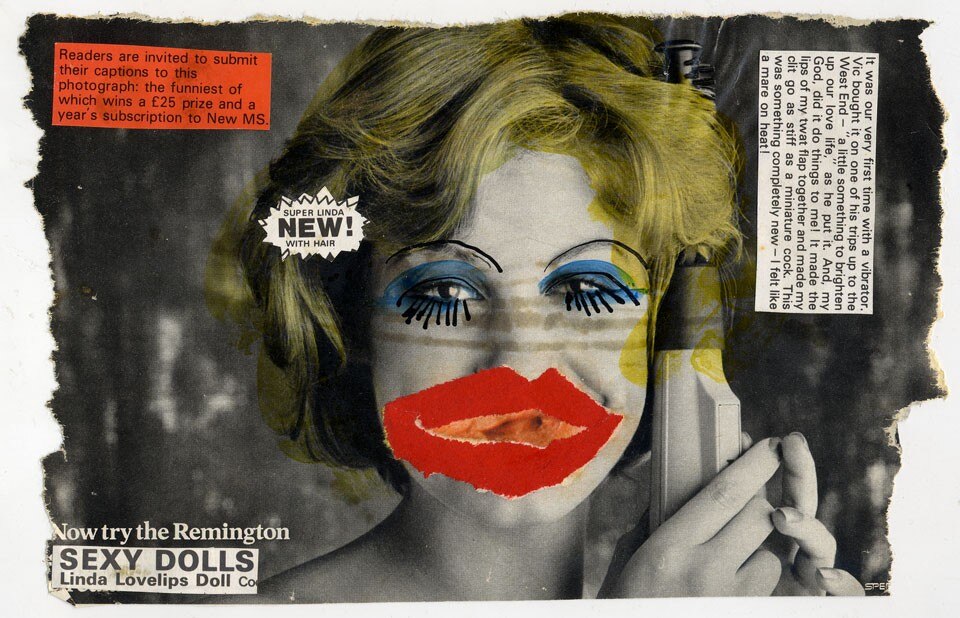
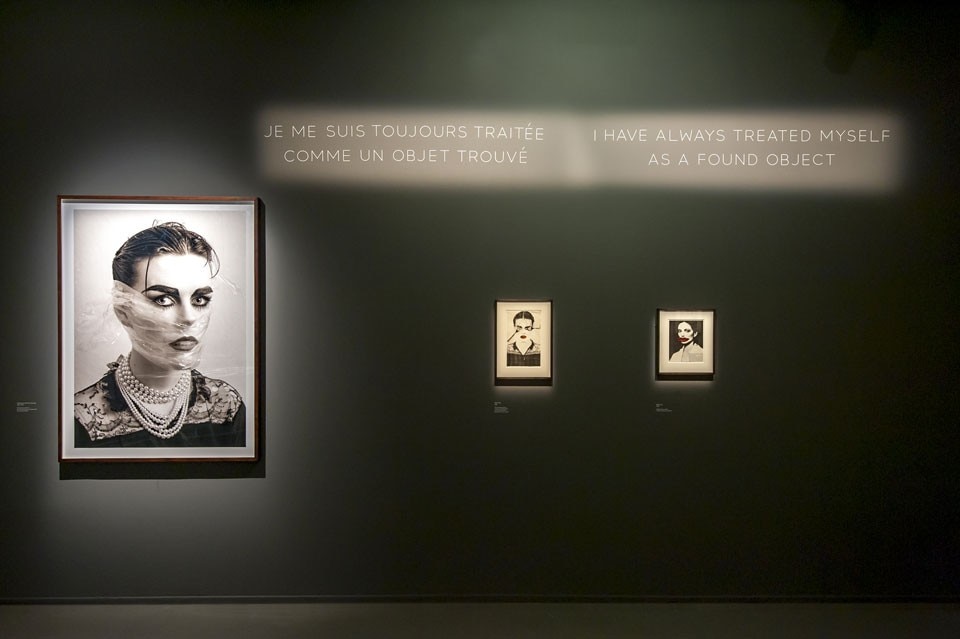
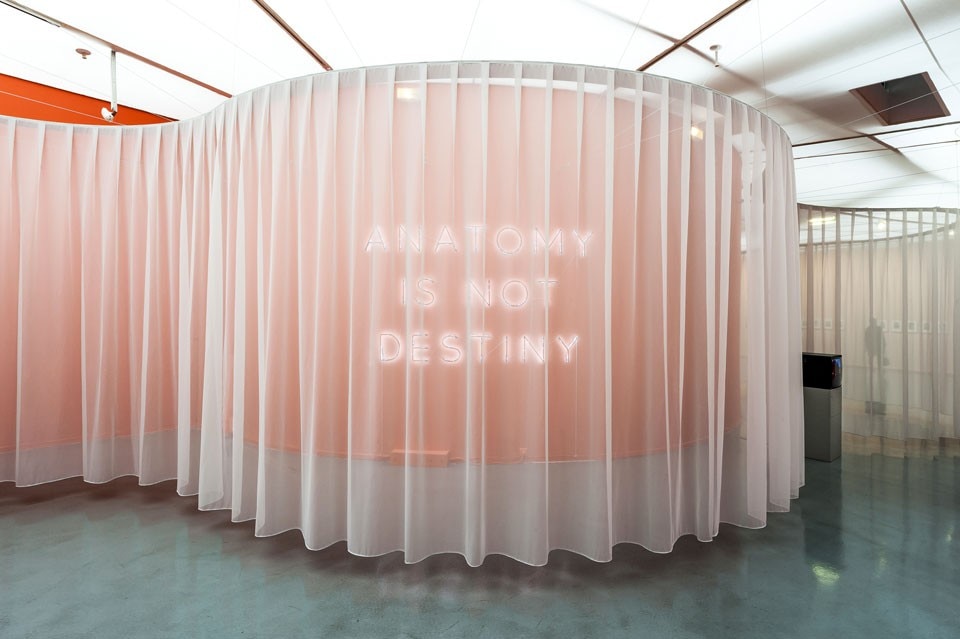
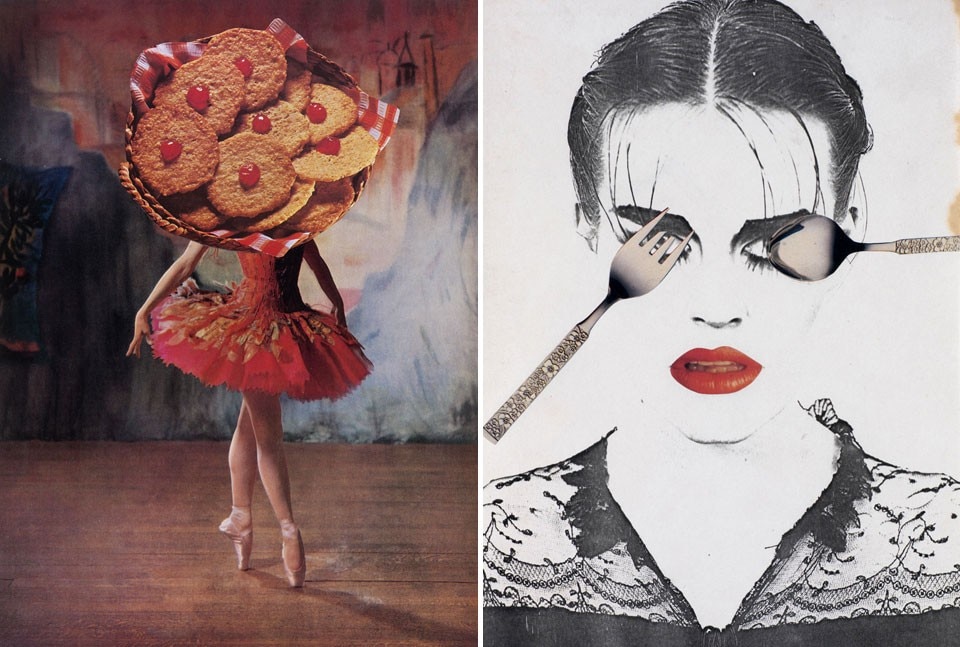
Through 21 April 2013
Linder: Femme/Objet
Musee d´Art Moderne de la Ville de Paris
11 Avenue du Président Wilson, Paris


